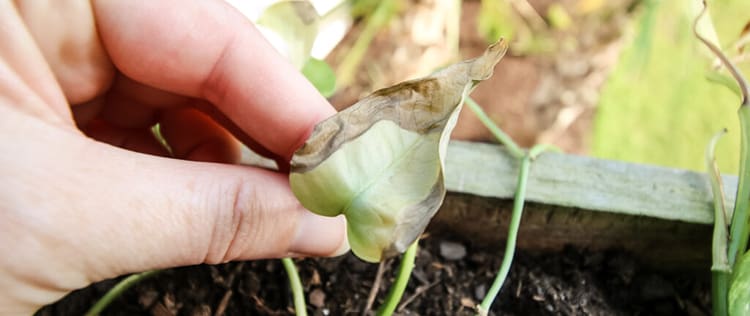After spending weeks and days looking after my homestead, I couldn’t get the desired results. Even after a lot of effort, my plants were unhealthy and never looked lively.
This was when I realized I had been doing something wrong. That sounds like a familiar situation, right?!
Homesteading is simpler than it may seem. However, lack of awareness about our practices and their impact can harm plants in the long run. The key is to understand the impact of our practices on plants and make adjustments accordingly.
In this article, I’ll shed light on the factors that can make your plants sick and provide practical tips on how to avoid them. So, let’s dive right in and learn more.
Your Plants Are Overwatered
One mistake many of us continue to make is overwatering our plants in an attempt to keep them looking fresh and healthy. However, this common practice can lead to significant issues for our beloved green babies. Showing distress and exhibiting wilt are common signs you have overwatered your plants.
- How to Revive Them?
If you have destroyed your plants by feeding them too much water, stop immediately! Moreover, try to adjust your watering routine and trim the affected foliage to improve the overall growth of your plants.
Related: 12 Plants You Should Grow Together
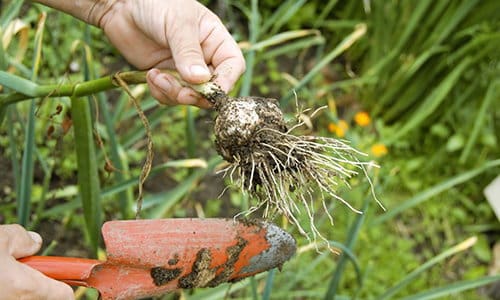
You Are Underwatering Your Plants
While overwatering can be detrimental to plant health, it’s important to note that underwatering can also have negative consequences. I always advise my fellow homesteaders to strike a balance while watering plants.
- How to Revive Them?
Trust me fellows, apart from adequate watering, mulching is the best way to moisturize your plants. It not only protects the soil from excessive evaporation but also helps in retaining moisture. Moreover, it adds a touch of beauty to your garden, which is again a plus point.
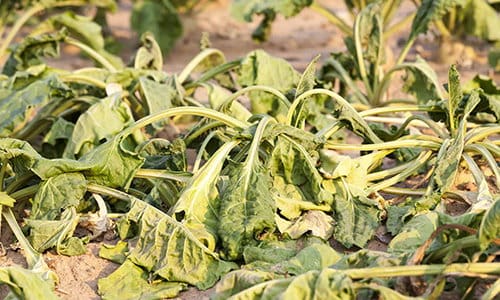
Providing Too Much Sunlight
I always thought plants needed to be left in scorching sunlight so photosynthesis would occur better. However, I was wrong when I ended up with faded leaves; it was a painful sight to witness, indeed!
- How to Revive Them?
First and foremost, find a cozy spot where your plants can enjoy filtered sunlight or, most probably, a partial shade. I recommend using shade cloth or strategically placing them under the shelter of a tree.
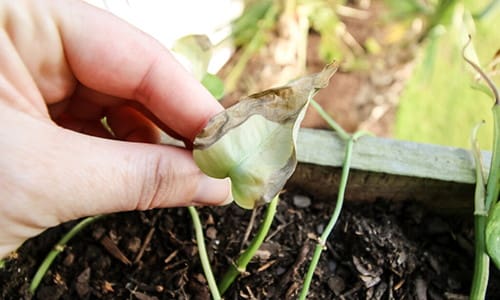
Not Inspecting Malnutrition
While sunlight, water, and love are vital, providing your leafy friends with the right nutrients is equally important. When I first started homesteading, I had no idea how to speculate on the nutrients. Because of this reason, many of my plants died on the spot even when I watered them properly.
- How to Revive Them?
The first step in reviving your plants is understanding their specific nutrient needs. Different plants have different requirements, so it’s essential to research and learn about the specific nutrients that will benefit your struggling plants. Factors such as the plant’s species, growth stage, and any visible symptoms of nutrient deficiencies can provide valuable clues.
Related: What Happens If You Bury These In Your Garden
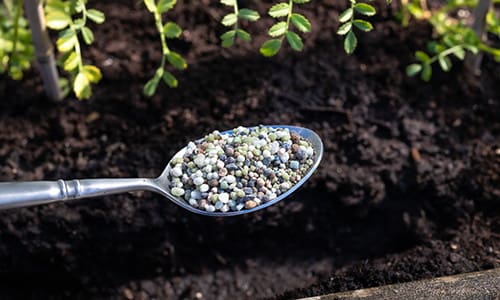
Unable to Spot Pesticide Invasion
Pesticides are common culprits behind destroying healthy plants. A thyme plant on my farmstead wasn’t growing at all, even after weeks. Later on, a friend suggested looking through the leaves for any signs of pesticide invasion, and I guess I wasn’t wrong.
- How to Revive Them?
When it comes to pesticide invasions, being an attentive observer is key. Try to take a regular stroll on your farm and spot wilted leaves or stunted growth. The ideal solution is to apply organic fertilizers to stimulate plant growth and enhance nutrient absorption.
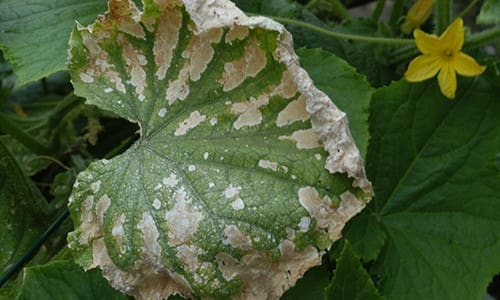
Ignoring Signs of Diseases
We might often overlook the signs of disease in plants; after all, a yellow tomato is just a natural occurrence, right?! Plants, just like us, are susceptible to illnesses. They can be attacked by fungi, bacteria, viruses, or pests, causing the whole plant or farm to die.
- How to Revive Them?
The first step in reviving plants affected by a disease is to accurately identify the specific issue on the spot. Find out whether it is a fungal infection, a bacterial blight, a viral disease, or perhaps an infestation by harmful pests. Eventually, understanding the nature of the disease will guide you in choosing the most appropriate treatment strategies.
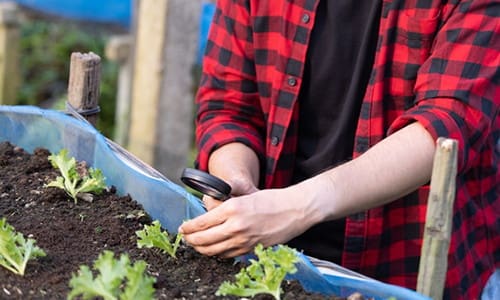
Your Plant Isn’t in the Right Container
We all need a comfortable place to live, and nothing seems right when we don’t get that space. The same is the case with plants; they need an appropriate spot to thrive. I learned this after a fern in my garden died even when I watered it properly. At last, I realized that my plant wasn’t in the right container.
- How to Revive Them?
To revive your plant, the first step is to carefully assess its current situation. Take a closer look at its roots and the existing container. If you notice overcrowded, tightly wound roots or signs of root decay, it clearly indicates that a new home is needed. Moreover, opt for a planter that spreads your plant’s roots comfortably.
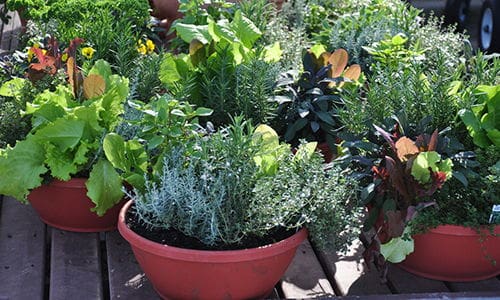
Using the Wrong Soil
If you grow crops on your farmstead, use appropriate soil. When farming, soil is the foundation upon which our crops grow. The soil composition affects the availability of water, nutrients, and oxygen that plants need for optimal growth. Some common signs include increased pest and disease Susceptibility and pH imbalances.
- How to Revive Them?
You need to take immediate action to revive your crops affected by using the wrong soil. The first step is to assess the issues caused by the unsuitable soil. Moreover, in some cases, you may need to completely replace the soil if it’s severely compromised. Remove the affected soil and replace it with a suitable soil mix that matches the requirements of your crops.
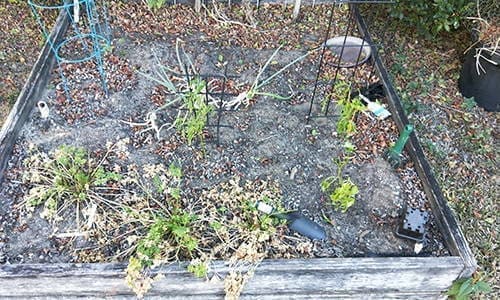
Not Researching Properly
Homesteading can be a rewarding and enjoyable experience, but it’s essential to embark on this journey with proper knowledge and understanding. Researching and educating ourselves about homesteading practices, techniques, and challenges is crucial before attempting it.
- How to Revive Them?
If you find yourself in a situation where you didn’t research properly and are facing challenges with your farmstead, don’t worry. Take a moment to assess the current state of your homestead and identify the areas where you lack knowledge. This self-reflection will help you understand the specific issues you need to address.
When it comes to homesteading, knowledge is power.
Understanding the impact of our practices on plants and the overall ecosystem is vital for a successful and sustainable farmstead. By being aware of the potential rights and wrongs, we can revive our struggling plants, nurture a thriving homestead, and enjoy the fruits of our labor.
Happy homesteading!
You may also like:
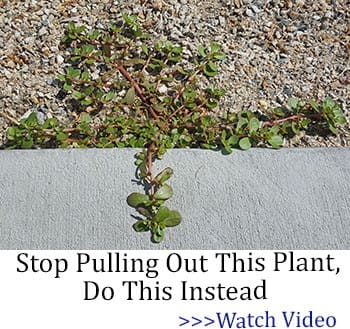 Do You Have This Plant In Your Backyard?
Do You Have This Plant In Your Backyard?
If You See This Plant in Your Backyard, Burn It Immediately! (Video)
13 Homemade Fertilizers For Your Plants
How to Adjust the pH in Soil and Water for Abundant Harvests
If You Have This Plant in Your Backyard, You Will Never Run Out of Soap
